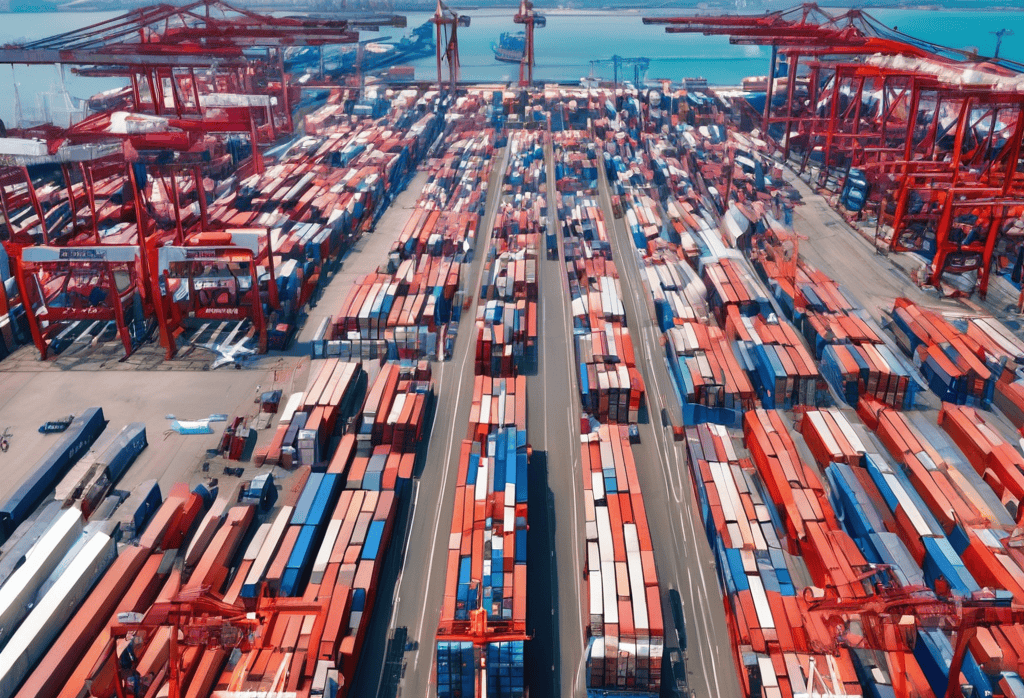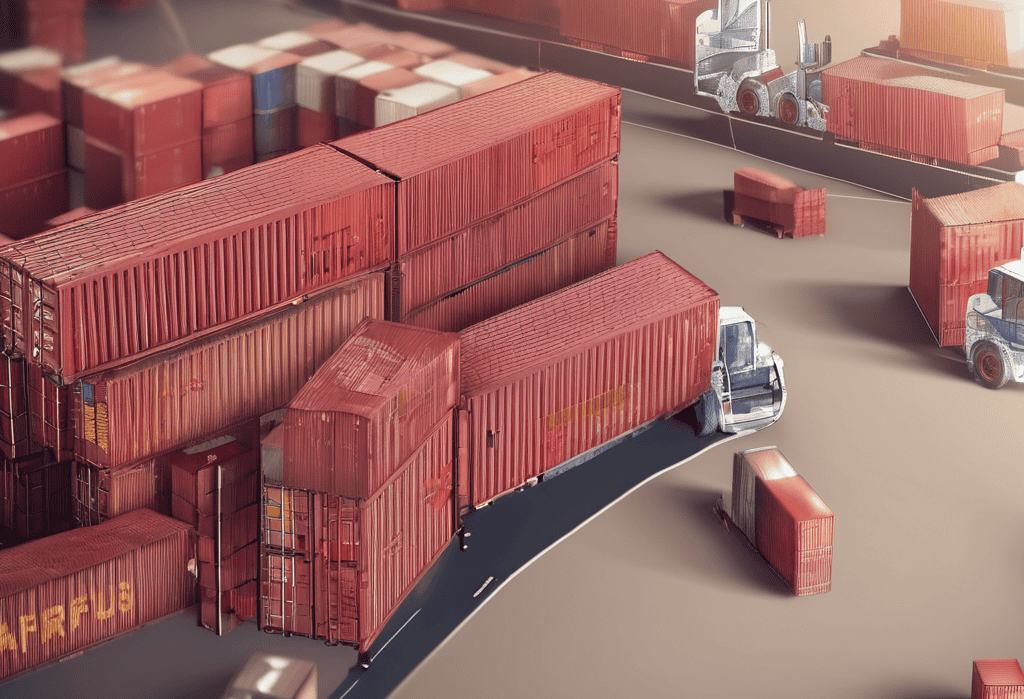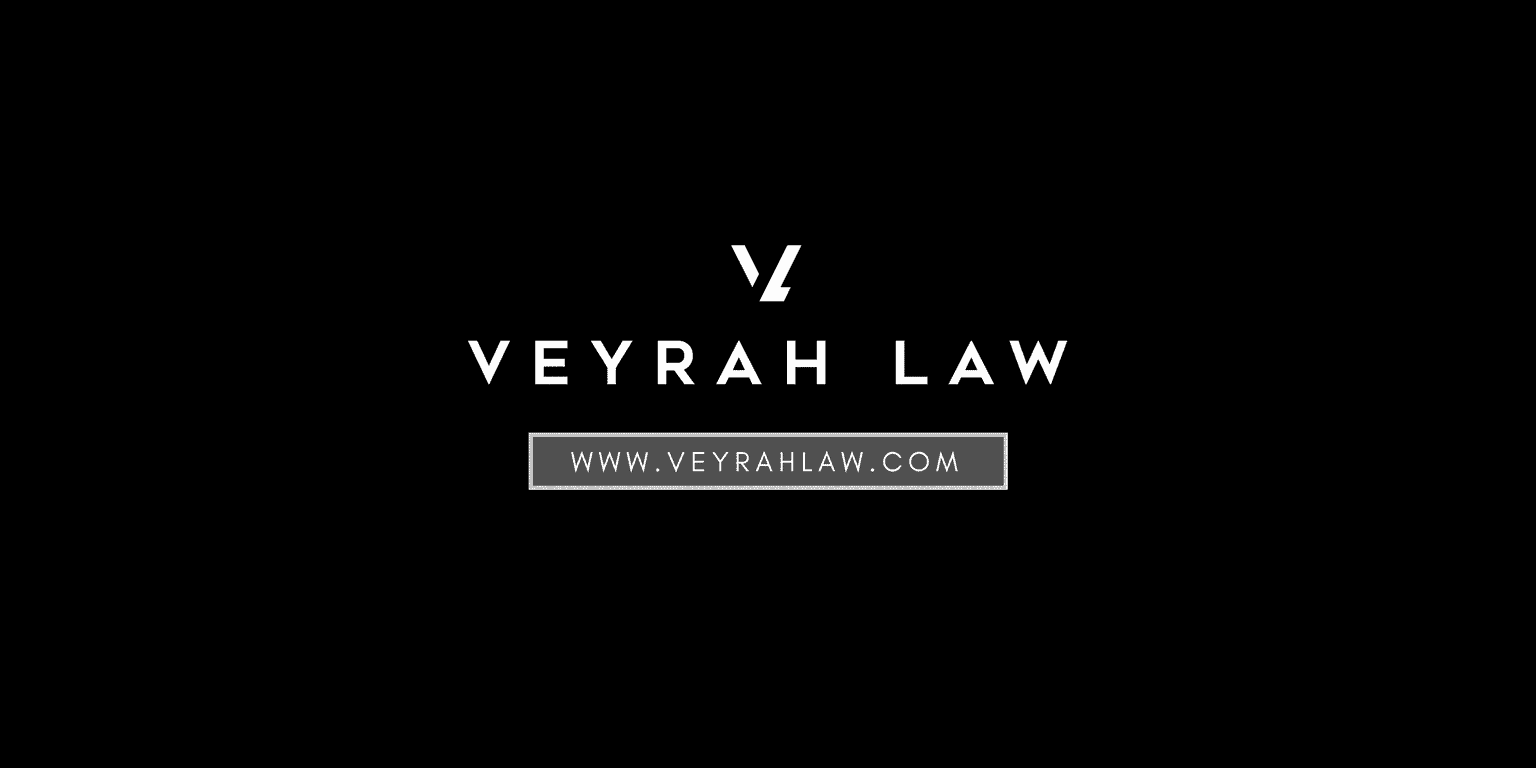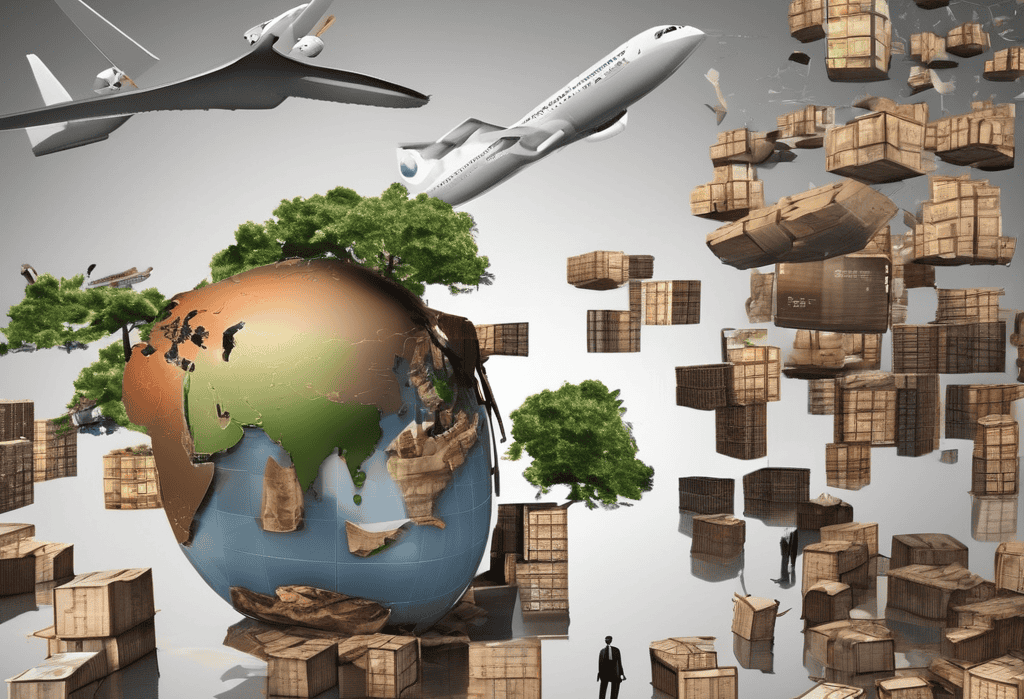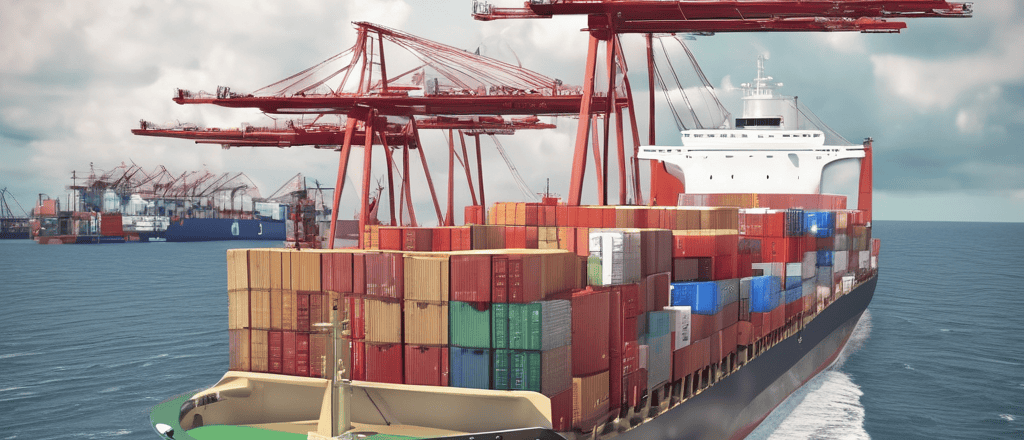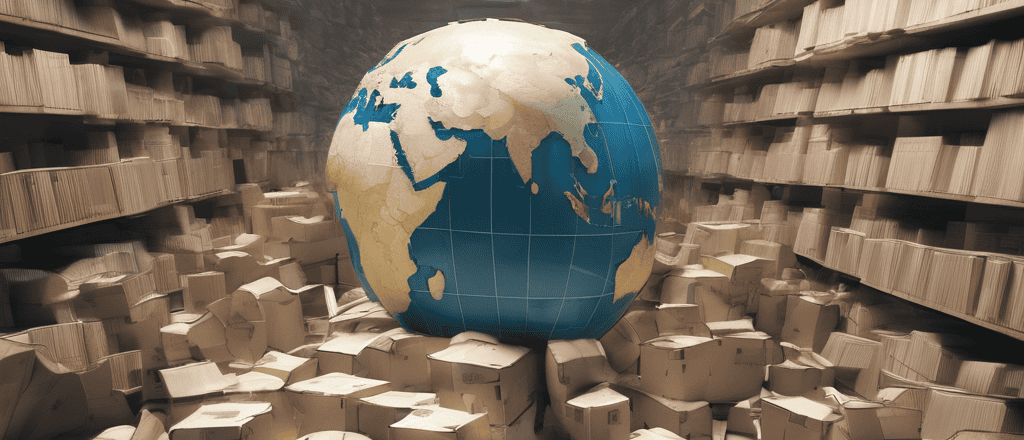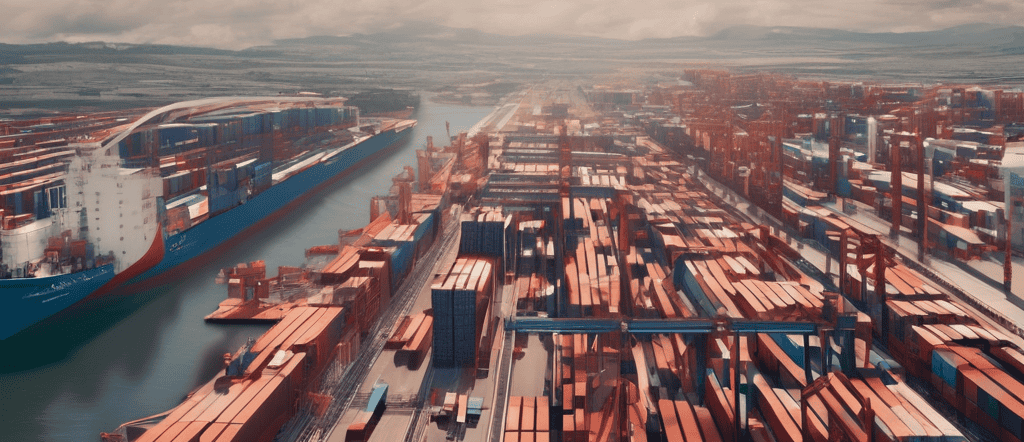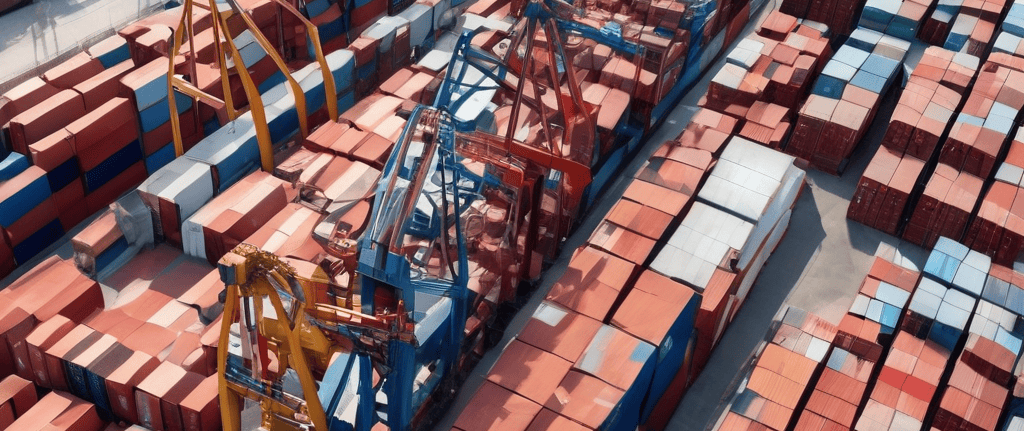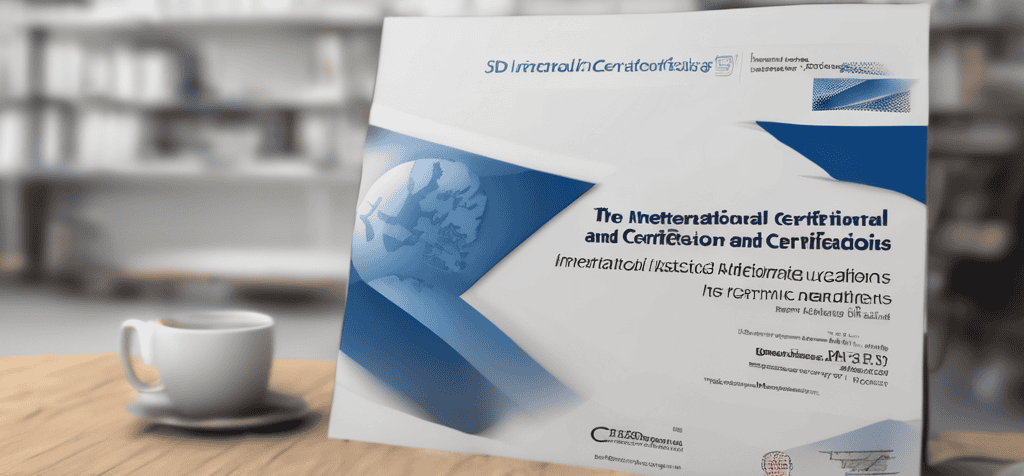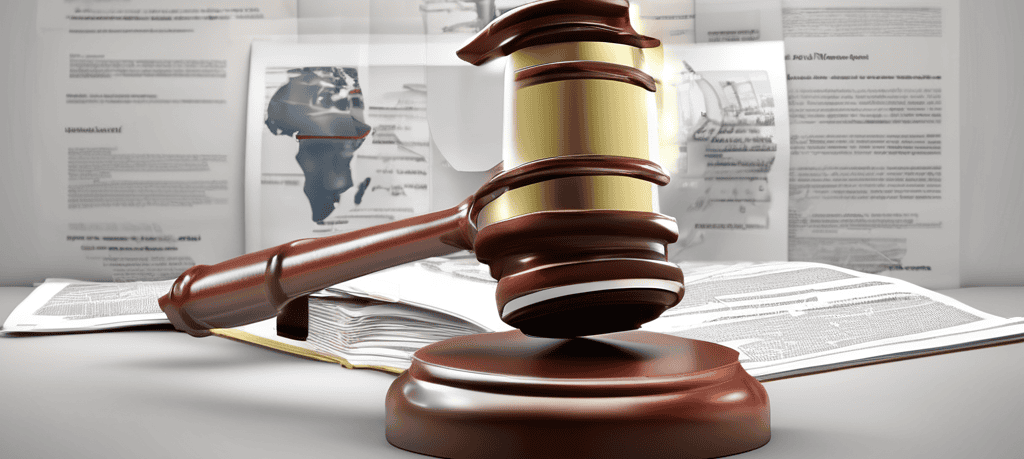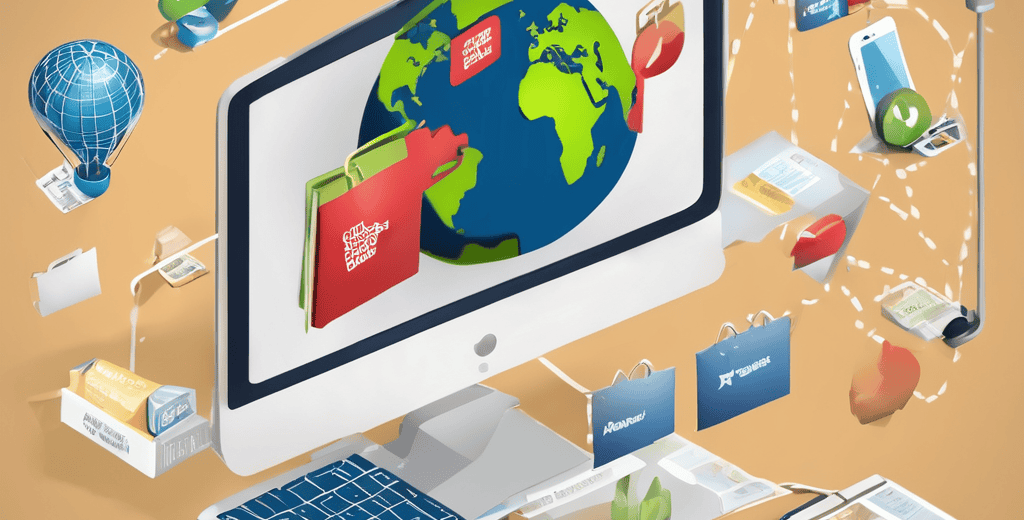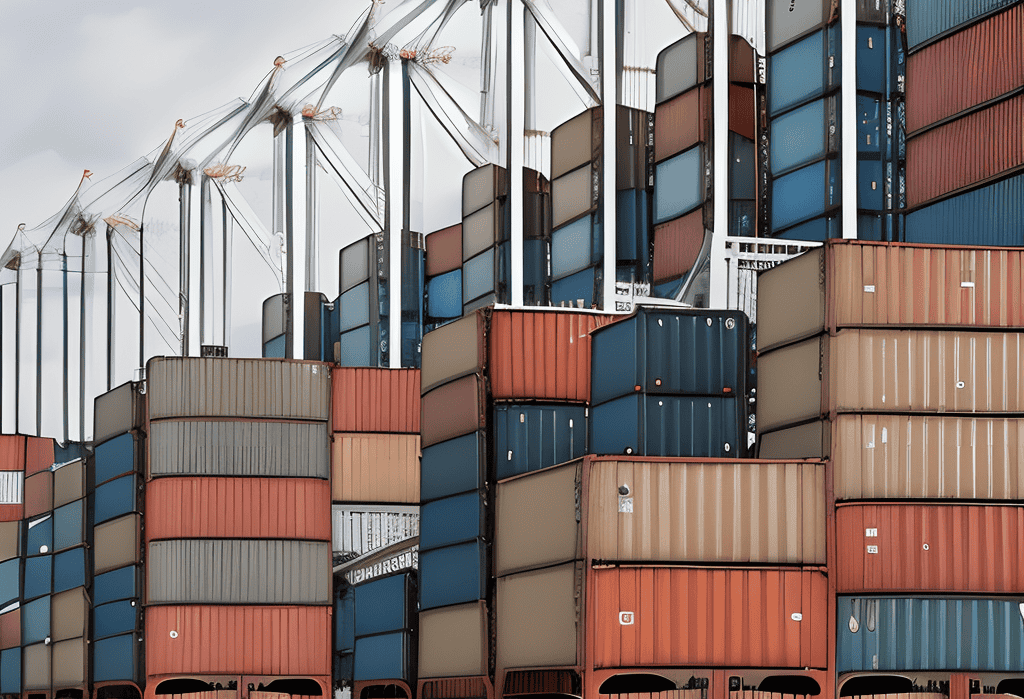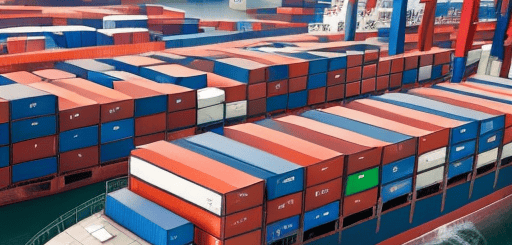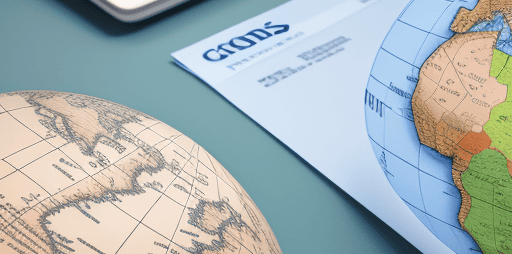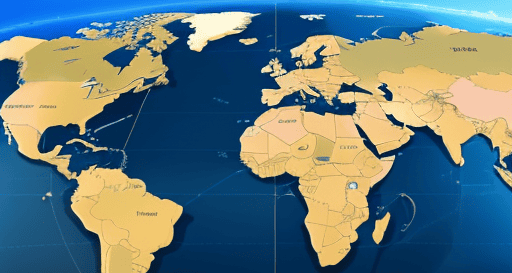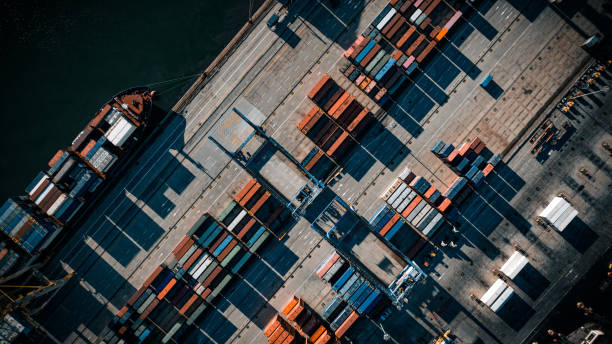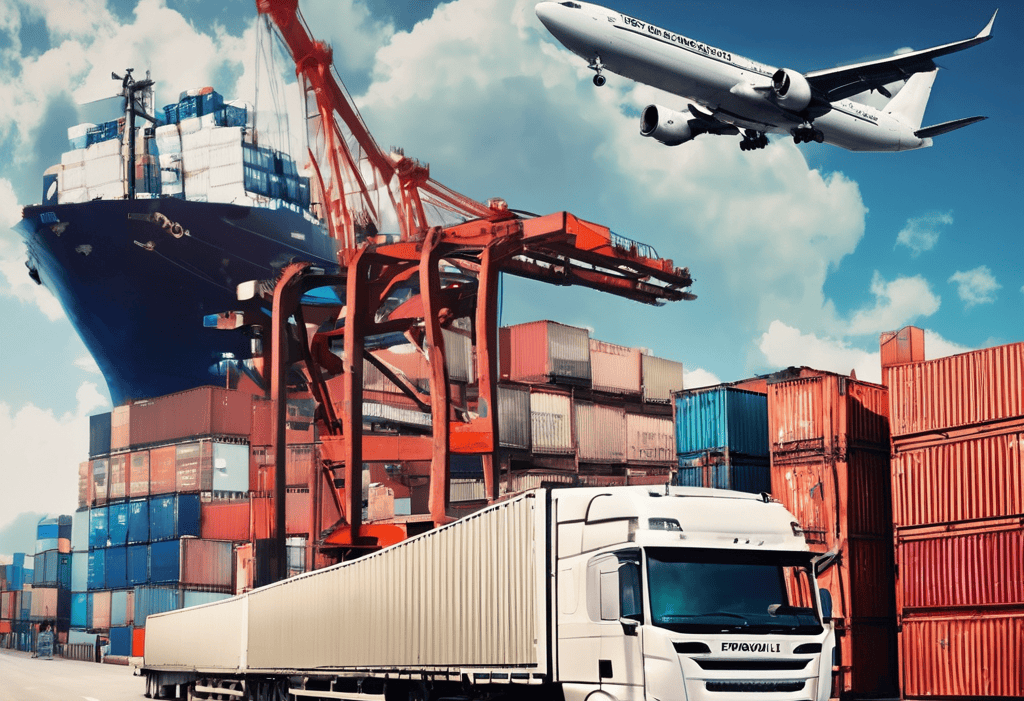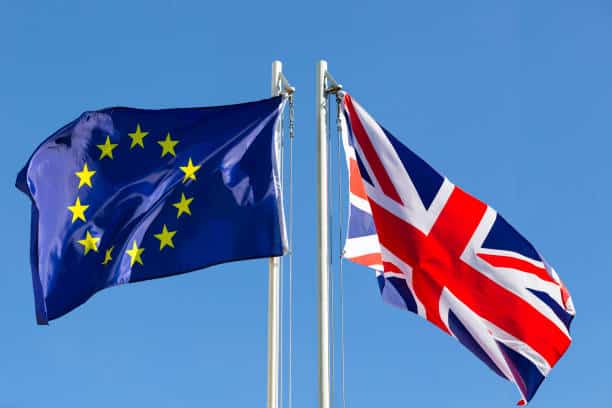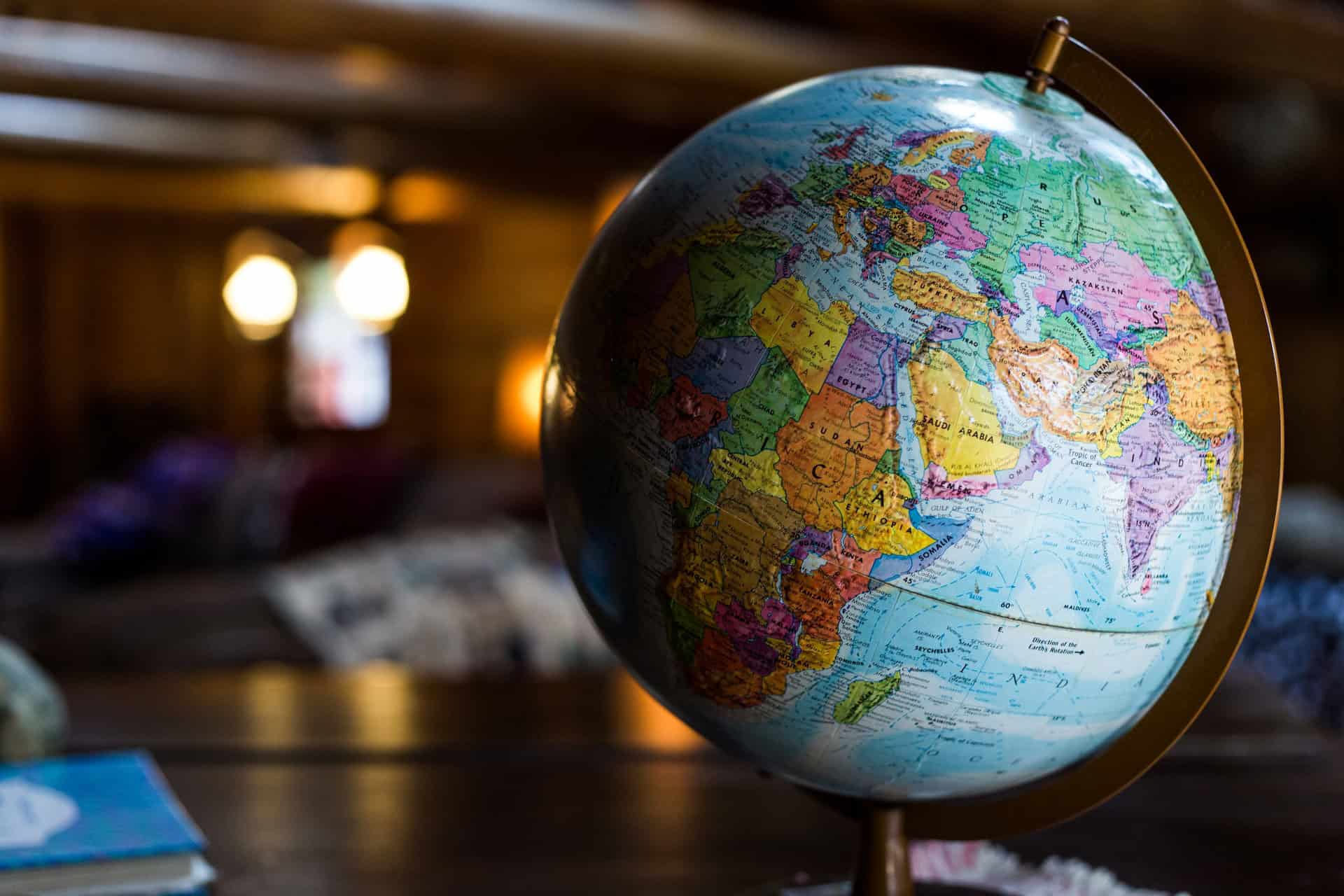Navigating global trade compliance is a multifaceted endeavor that demands proactive engagement, strategic planning, and continuous vigilance. By understanding regulatory requirements, conducting due diligence on partners, ensuring proper documentation, implementing internal controls, and adopting best practices for compliance management, businesses can navigate the complexities of global trade with confidence and integrity.
In the intricate web of global trade, compliance with regulatory requirements and international standards is paramount for businesses seeking to expand their operations across borders. Navigating the complex landscape of global trade compliance demands diligence, expertise, and a keen understanding of regulatory frameworks. Here, we provide an overview of key considerations and best practices to help businesses navigate global trade compliance effectively.
Understanding Global Trade Compliance
Global trade compliance encompasses a broad spectrum of regulations, laws, and standards governing the movement of goods and services across international borders. These regulations cover various aspects, including customs procedures, tariffs, export controls, trade agreements, sanctions, and product safety standards. Compliance with these requirements is essential for mitigating risks, ensuring legal compliance, and maintaining the integrity of supply chain operations.
Key Considerations for Businesses
1.Know Your Regulatory Landscape:
Businesses must stay abreast of relevant regulations and trade agreements applicable to their industry and geographic markets. Conduct thorough research, engage with legal experts, and leverage resources provided by government agencies and industry associations to understand compliance requirements and obligations.
2.Conduct Due Diligence on Partners:
Vetting suppliers, customers, and business partners is critical for mitigating compliance risks. Verify the reputation, compliance history, and adherence to ethical standards of potential partners before engaging in business transactions. Implement robust due diligence procedures and incorporate compliance clauses into contracts to safeguard against potential liabilities.
3.Ensure Proper Documentation:
Accurate and complete documentation is essential for demonstrating compliance with regulatory requirements. Maintain meticulous records of import/export documentation, including invoices, packing lists, certificates of origin, and compliance certificates. Implement document management systems to organize and track documentation efficiently.
4.Implement Internal Controls:
Establishing internal controls and compliance policies is vital for promoting a culture of compliance within the organization. Develop clear procedures for screening transactions, conducting risk assessments, and reporting compliance violations. Provide comprehensive training to employees on compliance policies, procedures, and ethical standards to foster awareness and accountability.
Best Practices for Global Trade Compliance
1.Centralize Compliance Functions:
Centralizing compliance functions streamlines oversight and ensures consistency in compliance efforts across global operations. Designate a compliance officer or team responsible for monitoring regulatory changes, conducting risk assessments, and implementing compliance measures. Foster collaboration between compliance, legal, and operational departments to align objectives and priorities.
2.Leverage Technology Solutions:
Embrace technology solutions such as trade compliance software, customs management systems, and automated screening tools to enhance efficiency and accuracy in compliance processes. Utilize data analytics and artificial intelligence to identify compliance risks, streamline compliance reporting, and facilitate decision-making.
3.Engage in Continuous Monitoring and Auditing:
Regular monitoring and auditing of compliance processes are essential for identifying weaknesses, detecting irregularities, and implementing corrective actions promptly. Conduct internal audits, external assessments, and compliance reviews to evaluate the effectiveness of compliance measures and ensure ongoing adherence to regulatory requirements.
4.Stay Informed and Adapt:
The regulatory landscape is dynamic and subject to change, requiring businesses to stay informed and adapt accordingly. Monitor regulatory developments, geopolitical trends, and industry-specific changes that may impact compliance requirements. Maintain open communication channels with regulatory authorities, industry peers, and legal advisors to stay ahead of emerging compliance challenges.
#GlobalTradeCompliance #TradeRegulations #CustomsCompliance #ExportControls #RiskManagement #BusinessStrategy #SupplyChainManagement #ComplianceManagement #InternationalTrade #BusinessCompliance
Read more views







